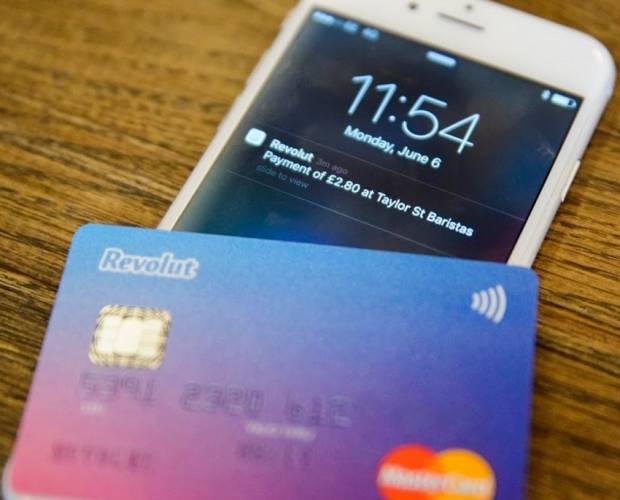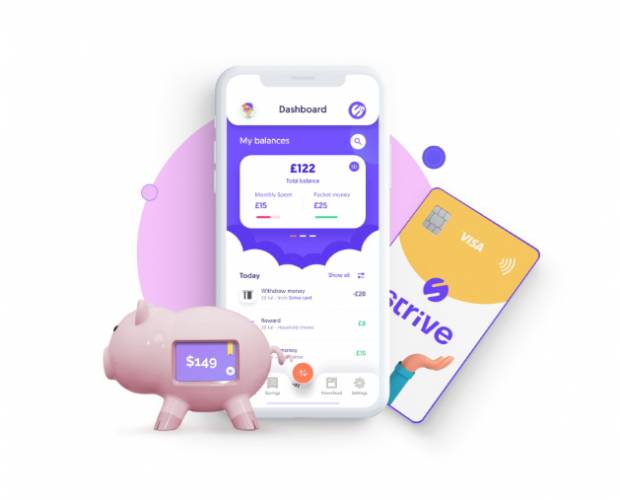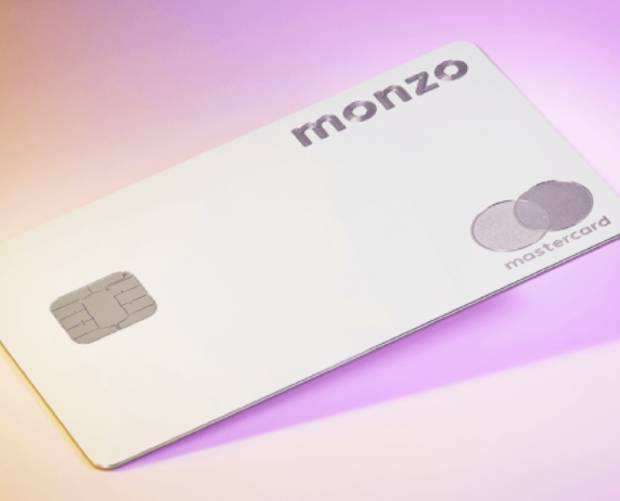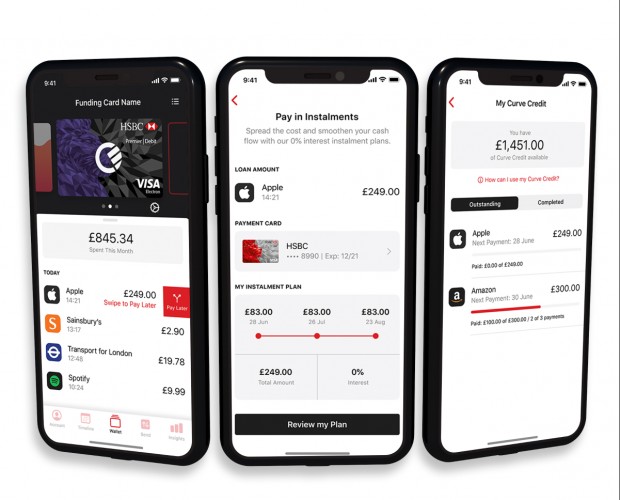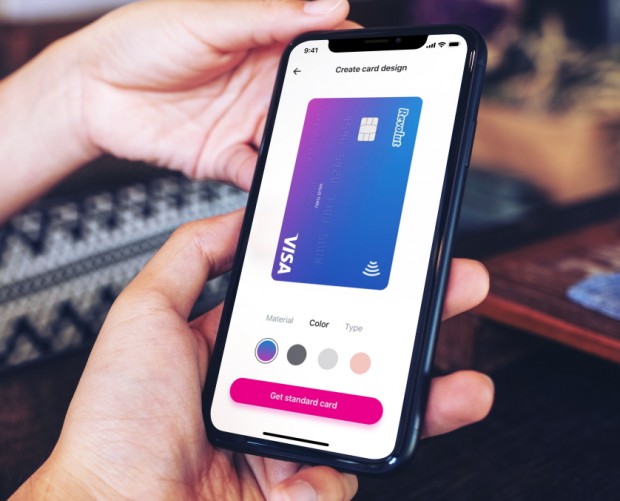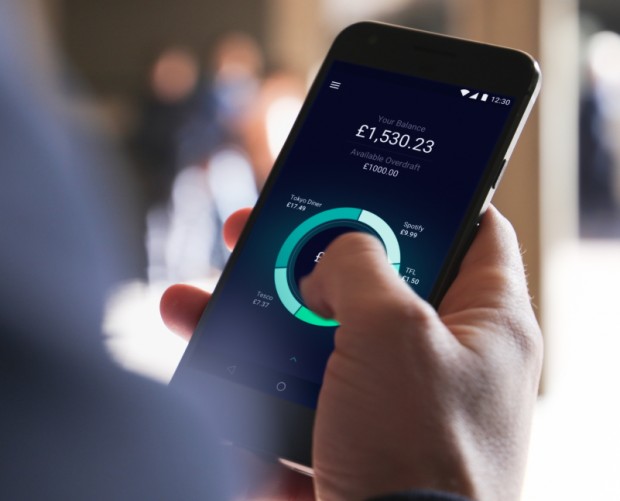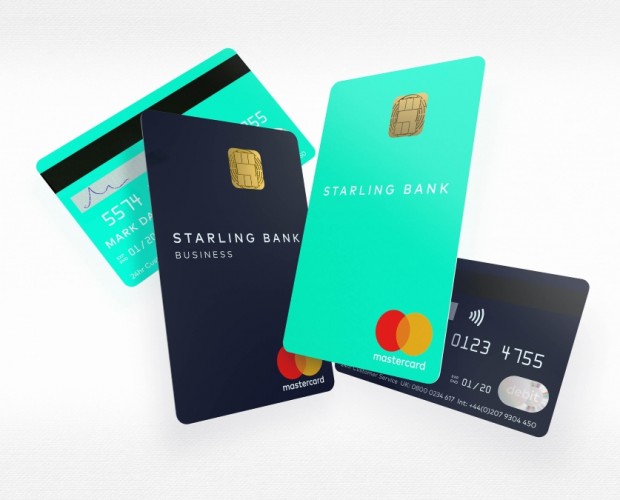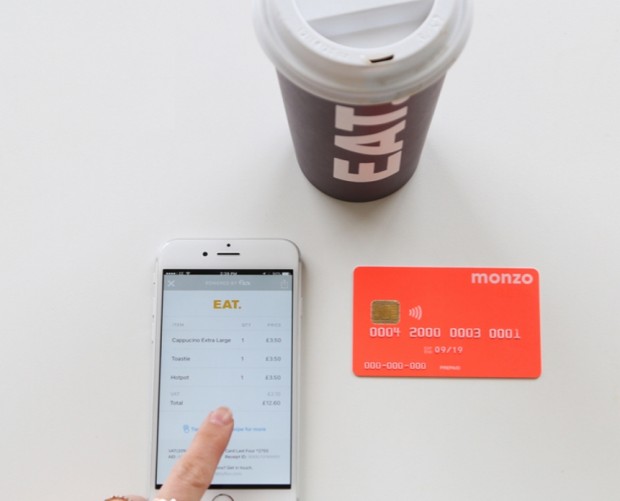Mobile Commerce Needs Bank Involvement
- Wednesday, July 17th, 2013
- Share this article:

The research, commissioned by Monitise, which specialises in mobile money, found that 57% of those surveyed would feel more confident buying goods and services by mobile if they could use apps provided by banks.
The main factors likely to prompt UK consumers to use mobile commerce via a bank include ease-of-use (60 per cent), incentives such as loyalty schemes (49 per cent) and direct insights from a bank on the state of their finances and budgets (46 per cent). More than half of those surveyed would trust sites endorsed by a bank, varying from Germany (51 per cent), UK (57 per cent) to Spain (68 per cent).
The findings come as banks grapple with consumer’s increased use of mobile phones to make transactions. Last year, Barclays revealed that it had received over 120,000 downloads of its mobile transaction app Pingit in the five days since it launched.
Pingit allows Barclays customers to transfer money to someone else by simply entering their UK mobile phone number. The signs from other banks would indicate that the virtual wallet is catching on.
Further findings from the Monitise research found that smartphone shoppers are more open to buying higher value items if it can be done through a bank app. Tickets for travel such as flights and trains were the most popular items cited.
Commenting on the research. Monitise Group chief executive Alastair Lukies, said: “Consumers place a high degree of trust in their bank’s brand and like all payment ecosystems it is this collaboration to create and share in a bigger prize that will be most successful.
“The winning solutions will be built on these partnerships within digital payments and we are very encouraged to see banks, mobile operators, and retailers beginning to work together for the consumer.”
The sample involved 1.500 smartphone users in the UK, Germany and Spain, and included 300 people who use a smartphone for banking purposes.




